Latest Posts by alitheastronomer - Page 4
I want to go here.

The Milky Way at Bryce Canyon National Park
js
These colors are amazing!



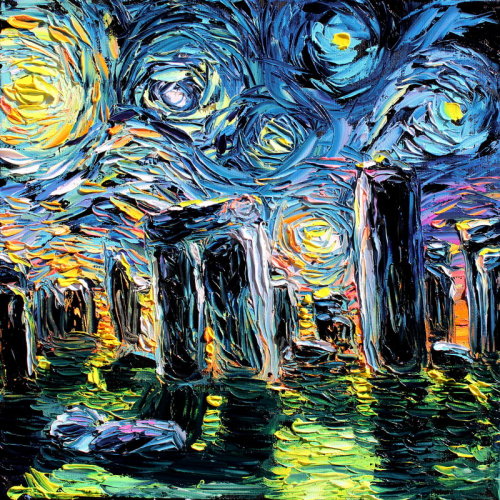

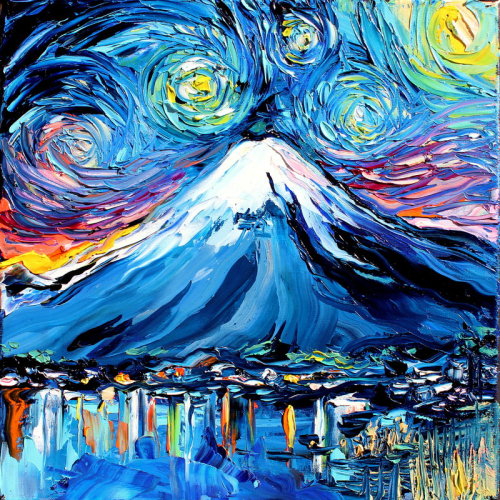


Aja Apa-Soura van gogh never saw golden gate van gogh never saw the great wall van gogh never saw christ the redeemer van gogh never saw stonehenge van gogh never saw eiffel van gogh never saw mount fuji van gogh never saw hollywood van gogh never saw taj mahal
more by Aja Apa-Soura: x
Wow, this is really cool thank you!
ATTN. @ NERDS
Since I am also a nerd and follow NASA on Facebook, I found this. Thought someone might be interested.
Wow, this is spectacular.
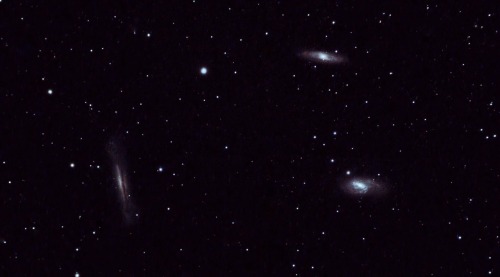

Last night I shot The Leo Triplet. A small group of galaxies about 35 million light-years away in the constellation Leo. This galaxy group consists of the spiral galaxies M65, M66, and NGC 3628.
More cool space words:
Apastron: the point where two binary stars are farthest apart.
Azimuth: distance of an object in angular.
Bolide: an especially bright meteor, especially one that explodes in the atmosphere (also called fireballs!).
Catena: a chain or series of craters.
Ejecta: material that is strewn about a crater by an impact, usually a meteorite or other similar object.
Ephemeris: a table that lists the positions of the sun, moon, and planets by date.
Heliosphere: the magnetic bubble of space that contains our solar system, solar wind, and the entire solar magnetic field. It is so large it goes beyond pluto's orbit.
Meridian: an imaginary circle that goes through the north and south poles, and the zenith and nadir of a location.
Nadir: the point in the sky directly underneath you.
Nova: when a dying star suddenly flares in brightness. The star becomes thousands of times its original luminosity.
Prominence: an explosion on the surface of the Sun.
Singularity: the impossibly small space in the center of a black hole where density and gravity are infinite, and space-time curves infinitely.
Spicules: a jet of gas ejected from the sun's atmosphere that resembles grass.
Supernova: one of the most powerful forces in the universe. When a star uses up all of its fuel it ends its life in a spectacular and devastating explosion.
Terminator: line on a planetary body that separates the light side from the dark side.
Umbra: the darkest part of a shadow.
Zenith: the point in the sky directly overhead.
Zodiac: an imaginary belt across the sky that the sun, moon, and planets are always in. The zodiac is made up of 12 constellations.
pretty space words
aphelion - the point in the orbit of a planet, asteroid, or comet at which it is farthest from the Sun. astral - relating to or resembling the stars. caldera - a large volcanic crater, especially one formed by a major eruption leading to the collapse of the mouth of the volcano. celestial - positioned in or relating to the sky, or outer space as observed in astronomy. constellation - a group of stars forming a recognizable pattern. cosmos - the universe seen as a well-ordered whole. equinox - the time or date at which the sun crosses the celestial equator, when day and night are of equal length. faculae - bright patches that are visible on the Sun’s surface. lunation - the interval of a complete lunar cycle, between one new Moon and the next. interstellar - occurring or situated between stars. nebula - a cloud of gas and dust in outer space, visible in the night sky either as an indistinct bright patch or as a dark silhouette against other luminous matter. perihelion - the point in the orbit of a planet, asteroid, or comet at which it is closest to the Sun. synodic - relating to or involving the conjunction of stars, planets, or other celestial objects.

Milky way
I'm so glad to see this trend and I look forward to seeing it continue!
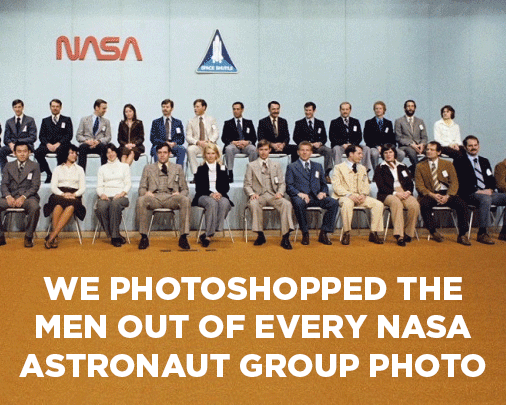
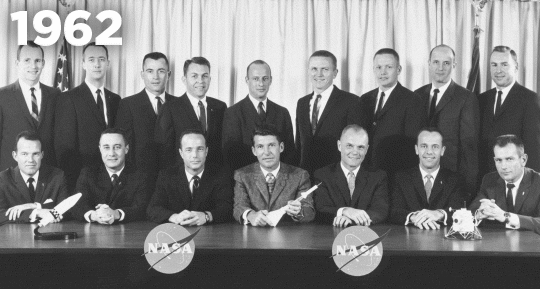
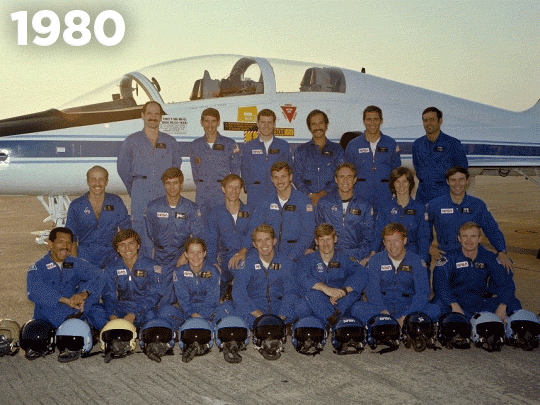
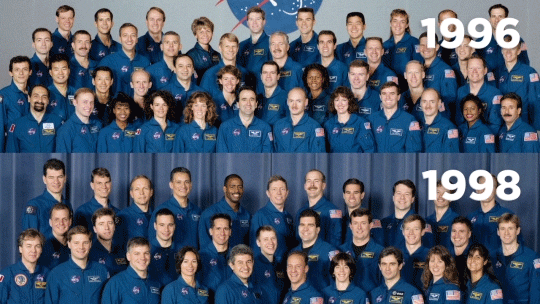
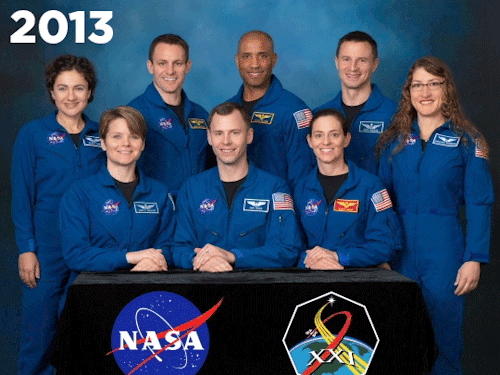

Check out our new video to see every NASA astronaut class. Some patterns emerge.
Just the facts!

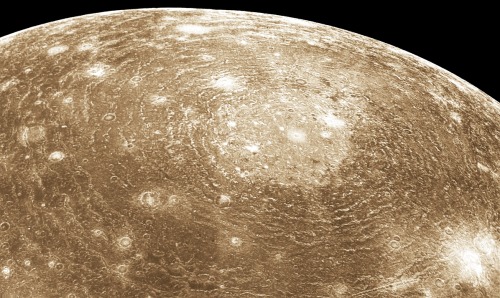
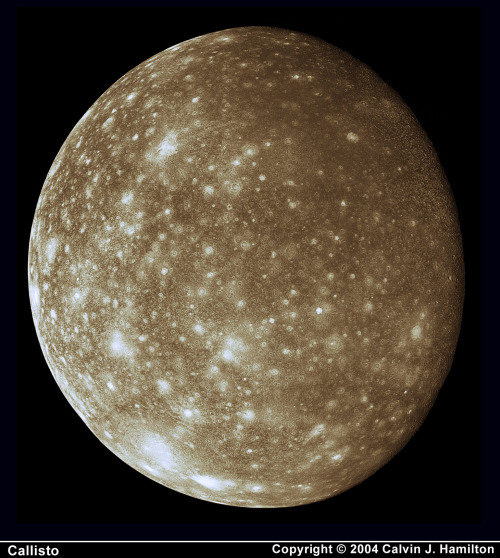
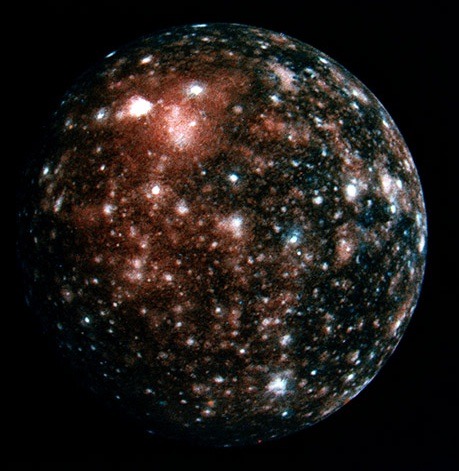

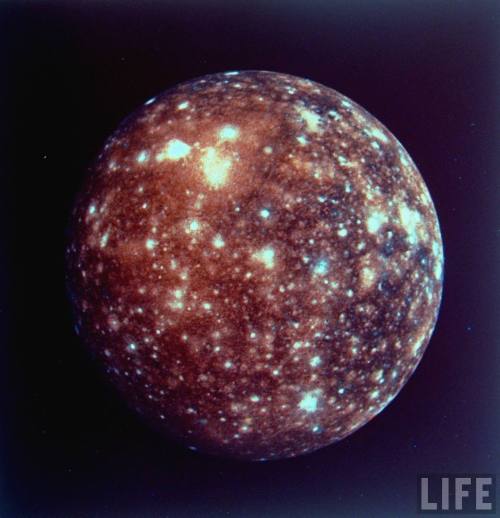
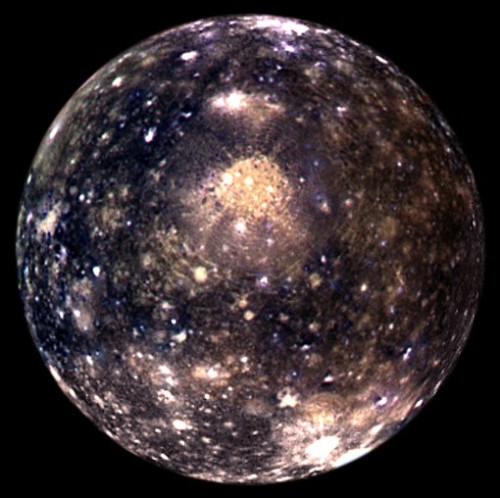

Jupiter’s moon, Callisto.
That video is fascinating, I can't stop watching it!
Blizzard 2016 from Space
As an intense winter storm approaches the mid-Atlantic this weekend, our satellites watch from above. The storm is expected to produce a wade swath of more than 2 feet of snow in some areas.

The below supercomputer simulation crunched the data to provide a look at the flow of clouds from storm systems around the globe, including the developing blizzard across the eastern United States.
This storm won’t only have a snowy impact on the mid-Atlantic region, but will also cause severe weather in the Gulf Coast. Satellites observe extreme rainfall in the area.

Data from NASA-NOAA Suomi NPP satellite and NOAA’s GOES-East satellite are being used to create images and animation of the movement of this powerful storm. For updates, visit: http://www.nasa.gov/feature/goddard/2016/nasa-sees-major-winter-storm-headed-for-eastern-us

Make sure to follow us on Tumblr for your regular dose of space: http://nasa.tumblr.com
Solar System: 5 Things To Know This Week
Our solar system is huge, so let us break it down for you. Here are 5 things to know this week:
1. You Call the Shots

This July, when the Juno mission arrives at Jupiter, it will eye the massive planet with JunoCam. What adds extra interest to this mission is that the public is invited to help Juno scientists choose which images JunoCam will take. Now is the time to get involved.
2. Dawn Delivers

We’ve seen several images now from the Dawn spacecraft’s new, close orbit around Ceres—and they don’t disappoint. Exquisitely detailed photos of the dwarf planet reveal craters, cliffs, fractures, canyons and bright spots in many locations. “Everywhere we look in these new low-altitude observations, we see amazing landforms that speak to the unique character of this most amazing world,” said the mission’s principal investigator.
3. Remembering the Visit to a Sideways World

Jan. 24 is the 30th anniversary of Voyager 2’s Uranus flyby. The seventh planet is notable for the extreme tilt of its axis, its lacy ring system and its large family of moons—10 of which were discovered thanks to Voyager’s close encounter. In fact, we learned much of what we know about the Uranian system during those few days in 1986.
4. A Decade in the Deep

The New Horizons spacecraft left Earth 10 years ago this week. Its long voyage into deep space is, even now, transforming our understanding of the outer solar system. New data and pictures from the Pluto flyby are still streaming down from the spacecraft. Pending the approval of an extended mission, New Horizons is en route to a 2019 rendezvous with a small, unexplored world in the distant Kuiper Belt.
5. Power at a Distance

Space exploration helped drive the development of practical solar cells, and now solar power has gone farther than ever before. Last week, NASA’s Juno spacecraft broke the record for the most distant solar-powered craft when it passed a distance of 493 million miles (793 million kilometers) from the sun. The four-ton Juno spacecraft draws energy from three 30-foot-long (9-meter) solar arrays festooned with 18,698 individual cells.
Want to learn more? Read our full list of the 10 things to know this week about the solar system HERE.
Make sure to follow us on Tumblr for your regular dose of space: http://nasa.tumblr.com
I wish I could live somewhere with a view like this.

Falling asleep most nights with the stars above and the cool air coming in through the open window. Sure is a fun way to live.
This is incredible!
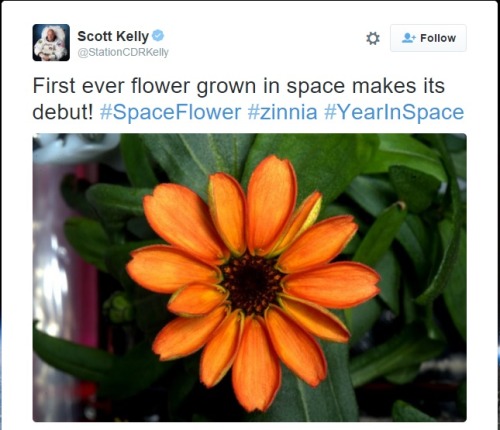
I'm adding this to the list of reasons I want to work there


This is Kjell Lindgren. He’s a NASA astronaut who just got back from 5 months on the International Space Station. There are two reasons why this picture is hilarious:
His wife is flawless and makes bad space puns to make him do household chores.
I have that shirt. Thousands of people have that shirt. That shirt is available at Target. Which means actual astronaut Kjell Lindgren, with his wardrobe already full of NASA-issued and logo-emblazoned clothes, was at Target, saw a NASA shirt, and was like, “Yes, I am buying this because this is what I want to spend my actual astronaut salary on.”
tl;dr NASA employs a bunch of fucking nerds
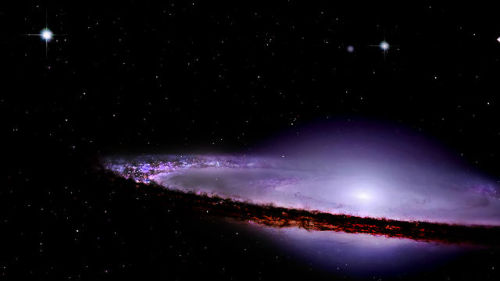
The stunning Sombrero galaxy (seriously, there should be a blog that’s just photos of the Sombrero galaxy)


How curiosity changes the brain to enhance learning
The more curious we are about a topic, the easier it is to learn information about that topic. New research publishing online October 2 in the Cell Press journal Neuron provides insights into what happens in our brains when curiosity is piqued. The findings could help scientists find ways to enhance overall learning and memory in both healthy individuals and those with neurological conditions.
"Our findings potentially have far-reaching implications for the public because they reveal insights into how a form of intrinsic motivation—curiosity—affects memory. These findings suggest ways to enhance learning in the classroom and other settings," says lead author Dr. Matthias Gruber, of University of California at Davis.
For the study, participants rated their curiosity to learn the answers to a series of trivia questions. When they were later presented with a selected trivia question, there was a 14 second delay before the answer was provided, during which time the participants were shown a picture of a neutral, unrelated face. Afterwards, participants performed a surprise recognition memory test for the faces that were presented, followed by a memory test for the answers to the trivia questions. During certain parts of the study, participants had their brains scanned via functional magnetic resonance imaging.
The study revealed three major findings. First, as expected, when people were highly curious to find out the answer to a question, they were better at learning that information. More surprising, however, was that once their curiosity was aroused, they showed better learning of entirely unrelated information (face recognition) that they encountered but were not necessarily curious about. People were also better able to retain the information learned during a curious state across a 24-hour delay. “Curiosity may put the brain in a state that allows it to learn and retain any kind of information, like a vortex that sucks in what you are motivated to learn, and also everything around it,” explains Dr. Gruber.
Second, the investigators found that when curiosity is stimulated, there is increased activity in the brain circuit related to reward. “We showed that intrinsic motivation actually recruits the very same brain areas that are heavily involved in tangible, extrinsic motivation,” says Dr. Gruber. This reward circuit relies on dopamine, a chemical messenger that relays messages between neurons.
Third, the team discovered that when curiosity motivated learning, there was increased activity in the hippocampus, a brain region that is important for forming new memories, as well as increased interactions between the hippocampus and the reward circuit. “So curiosity recruits the reward system, and interactions between the reward system and the hippocampus seem to put the brain in a state in which you are more likely to learn and retain information, even if that information is not of particular interest or importance,” explains principal investigator Dr. Charan Ranganath, also of UC Davis.
The findings could have implications for medicine and beyond. For example, the brain circuits that rely on dopamine tend to decline in function as people get older, or sooner in people with neurological conditions. Understanding the relationship between motivation and memory could therefore stimulate new efforts to improve memory in the healthy elderly and to develop new approaches for treating patients with disorders that affect memory. And in the classroom or workplace, learning what might be considered boring material could be enhanced if teachers or managers are able to harness the power of students’ and workers’ curiosity about something they are naturally motivated to learn.

NGC 6302: The Butterfly Nebula from Hubble
via APOD
Coppery reds of upcoming lunar eclipse may be accented with turquoise
Washington (UPI) Oct 1, 2014 Next Wednesday, Oct. 8, the full moon will turn a coppery red as a lunar eclipse becomes visible across the entirety of the United States. “It promises to be a stunning sight, even from the most light polluted cities,” Fred Espenak, NASA’s resident eclipse expert, said in a recent press release. “I encourage everyone, especially families with curious children, to go out and enjoy the ev Full article
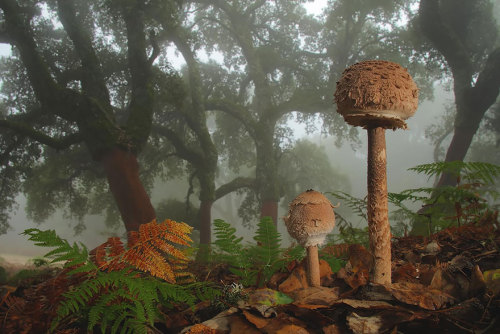
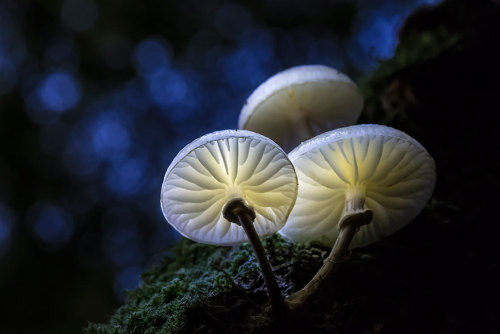
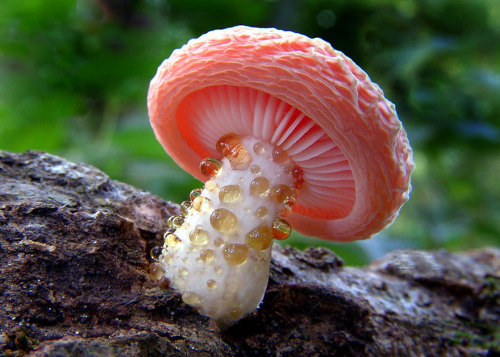
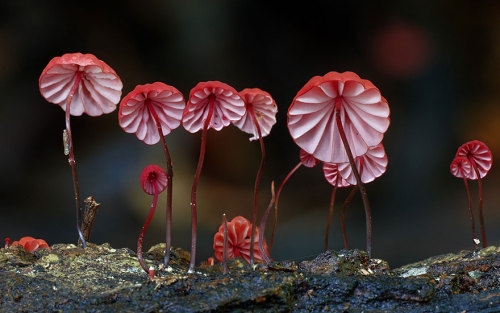
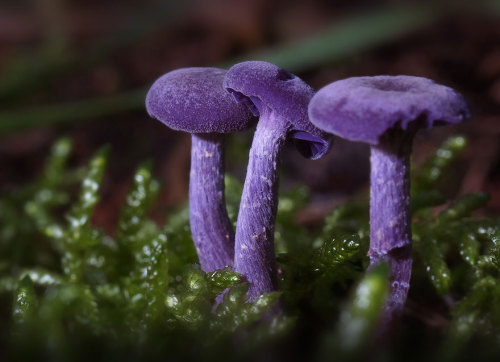
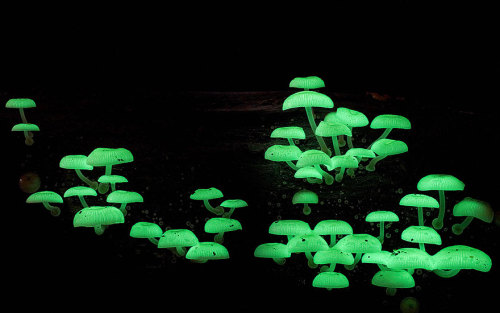
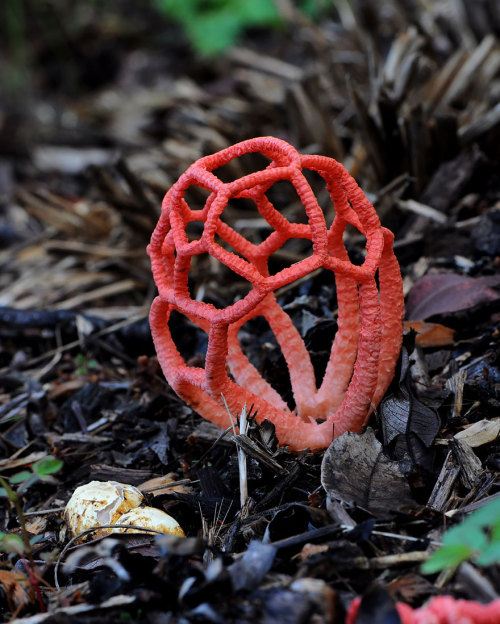
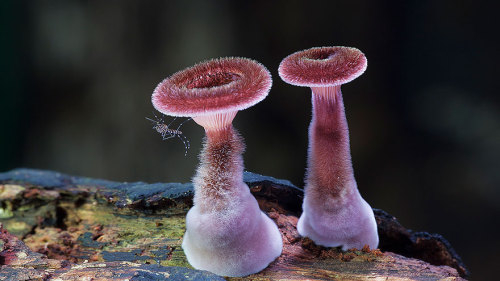
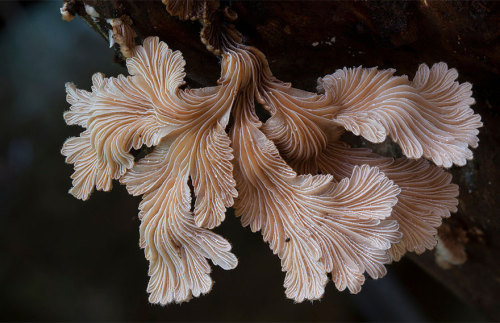
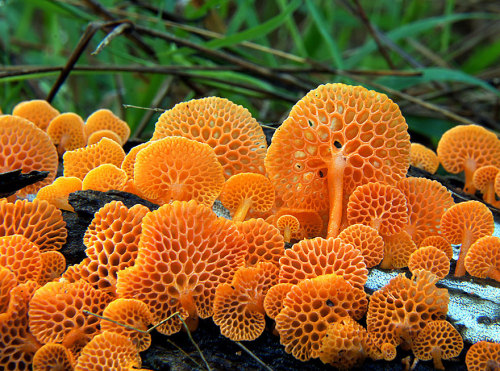
The Mystical World Of Mushrooms Captured In Photos
Most people consider mushrooms to be the small, ugly cousins of the plant kingdom, but theirs is surprisingly beautiful and wonderful world waiting to be explored. These beautiful mushrooms, captured by enthusiastic nature photographers, are a far cry from the ones you find in the woods or your local grocery store.
Most mushrooms, as we know them, are actually just the reproductive structure of the fungus they belong to – their fungal networks expand far further underground, and some fungi don’t even sprout the sort of mushrooms that we’re used to seeing. In fact, depending on your definition of “organism,” the largest living organism in the world is a fungus – there’s a honey mushroom colony in Oregon that occupies about 2,000 acres of land! ( Bored Panda )